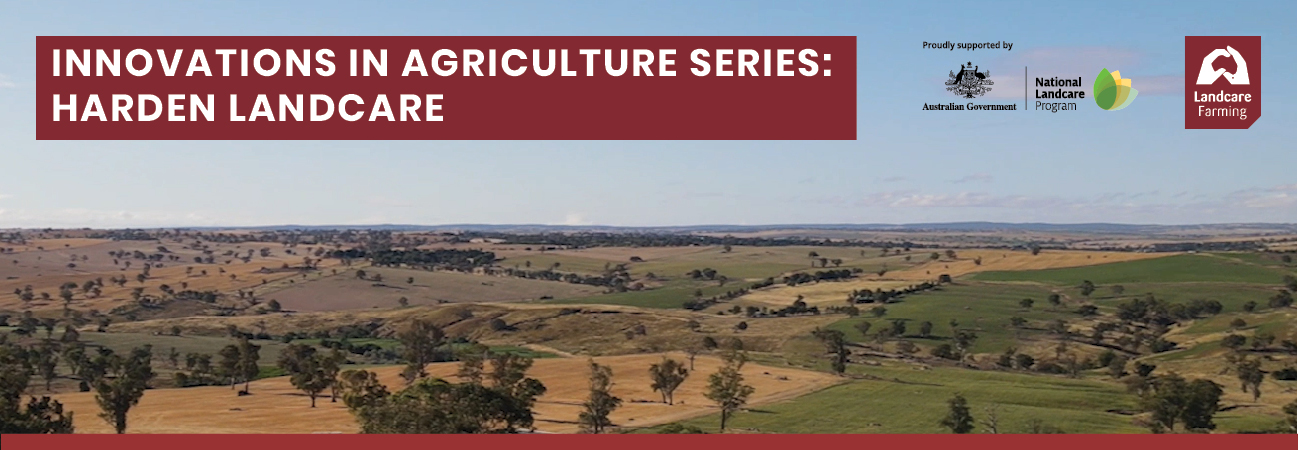
Just as farmers keep a tab on their financial ins and outs and livestock increases and decreases, many are adding natural capital accounting to their suite of business tools.
Landcare Farming Natural Capital Accounting (NCA) Benchmarking, a joint project between Accounting for Nature Ltd (AfN) and Landcare Farming Australia, is upskilling landholders, managers, and Agricultural producers in environmental condition accounting.
The system uses standardised, quantifiable assessments of the physical state of environmental assets, including soil, native vegetation and wildlife and can be applied to measure the impact of on-farm actions on the environment. NCA can underpin producer decision-making and helps interpret and report on outcomes for the environment of management activities.
The NCS standardised approach to communicating environmental condition means it can be used as the basis for reports or planning when dealing with environmental authorities, stewardship or conservation programs, consumers, and financial institutions.
NCA training has been rolled out around Australia through the Landcare network, and when the Harden Murrumburrah Landcare Group, based in the South West Slopes of NSW, hosted the AFN training in 2023, participants said the training empowered them to implement more robust measurement systems.
Genevieve Wakeham, who has 120ha on the Murrumbidgee River, attended the training because of the opportunity to be an early adopter.
“It was a clarification of the whole situation of where the benefits are, whether it fits in with our philosophy about how we want to look after what we have or improve what we have and contribute to the environment,” she said.
Harden Murrumburrah Landcare Group co-ordinator Julie Roberts said the training provided clarity around highly detailed guidelines and theories.
“People were able to learn that environmental information can be valuable to them as landholders in their decision making, and they don’t necessarily have to go ahead and register projects or turn it into a marketing opportunity. They can just apply this knowledge to improving their work practices,” she said.
“Being quite a new concept, it will give them (participants) an advantage in being able to start an account for the assets they have, and natural capital accounting is going to become more important as we go forward in the future.”
“And by having these measurements and accounting methods provided today, they’ve got some data there ready to go.”
The training demystified the complexities of NCA.
“The resounding message I got from landholders out in the paddock was the idea of measuring these things was not nearly as difficult as they imagined when they were looking at the theory,” Julie said.
Jack O’Connor, from the 8,000ha cropping and Merino ewe enterprise ‘Oxton Park’ at Harden, said he undertook the training to be on the front foot to safeguard his business and to ensure actions were climate and environmentally positive.
“The main thing I found the most beneficial was just breaking down the different methodologies and being able to identify which is going to be our best first step to take as Oxton Park, as a company, and just to nail down our goals and what we want to achieve over five, 10, 20, 30 years through the program,” he said.
Doug Murchison, who purchased a 460ha property at Taylor’s Flat three years ago, said he attended the event to research techniques for measuring land improvement.
“I intend to go down a path of certification because it’ll just be a systematic way that I can achieve what I wanted to achieve,” he said.
“This way, I can get a register and look at the ways to measure our achievements in altering the existing conditions of the property or enhancing the biodiversity outside of it as well, particularly in the wildlife corridors, shelterbelts, etcetera.”
Interested in organising an NCA workshop? Contact Accounting for Nature Ltd or for more information on how to get involved and upcoming events email [email protected]
More stories from Landcare Farming Australia:
- Natural capital accounting https://landcareaustralia.org.au/naturalcapital
This case study was produced as part of the Landcare Farming Innovations in Agriculture Series. Supported by the Australian Government’s National Landcare Program, the Landcare Farming Innovations in Agriculture Series is managed in partnership by Landcare Australia and the National Landcare Network.
More Innovations in Agriculture stories from Harden Landcare:
- Empowering rural women through Ladies on the land
- Partnership between scientists and producers leads to improved productivity and sustainability



